Effective communication increases employee morale and engagement by making team members feel connected to their work. Therefore, a business communications strategy that consists of techniques to encourage open communication and effective teamwork is highly needed. We list the top five strategies you can develop alongside your team members for better and, more importantly, effective communication.
- Create an open environment.
When you create an open communication environment, team members will not hesitate to speak up and take accountability if something goes wrong or suggest out-of-the-box ideas. An open environment is easiest to achieve from the top down since management can promote and model the kind of openness your team is striving for. Usually, the lower-level staff have the most challenging time speaking up. Sometimes, it’s because they lack confidence or might just be newer to the company.
2. Make use of communication tools.
Many more tools have emerged that make it easy for the team to communicate and share their thoughts and ideas conveniently. You can use instant messaging, video conferencing, brainstorming, note-taking, and many more online tools. These tools will enable you to stay connected with your team and, at the same time, manage all your projects using. By using advanced communication, it will be both easy and effective to communicate with your team.
3. Be specific with tasks.
One crucial communication strategy is to get specific about tasks and projects so that all parties understand what needs to be done along with the timeline, how it should be completed, and how it fits into the larger project or company goals. Instead of leaving it open to interpretation, when a task is assigned to a team member, ask “What does ‘done’ look like?” to understand the expectations.
4. Get feedback the right way.
Communication is a two-way process, and information cannot be exchanged effectively if the flow of information is unidirectional. Feedback also plays a vital role in improving the overall effectiveness of communication by enabling the flow of information in the backward direction. The most common example of feedback is the questions you ask at the end of a presentation. Feedback can be in the form of doubts, suggestions, or thoughts you will get after you communicate your message.
5. Celebrate every milestone and achievement.
There are advantages to celebrating achievements on both individual and team levels. When you tell someone they did an excellent job on a specific task or project, you help improve the morale while at the same time reinforcing positive behaviour. When you celebrate the work of a team or even the whole company, you strengthen shared goals and create a strong team connection. Make a point to share positive reinforcement in both formal and informal ways. You can bring up a job well done in a review and mention it in a fun way on a team chat.


No responses yet